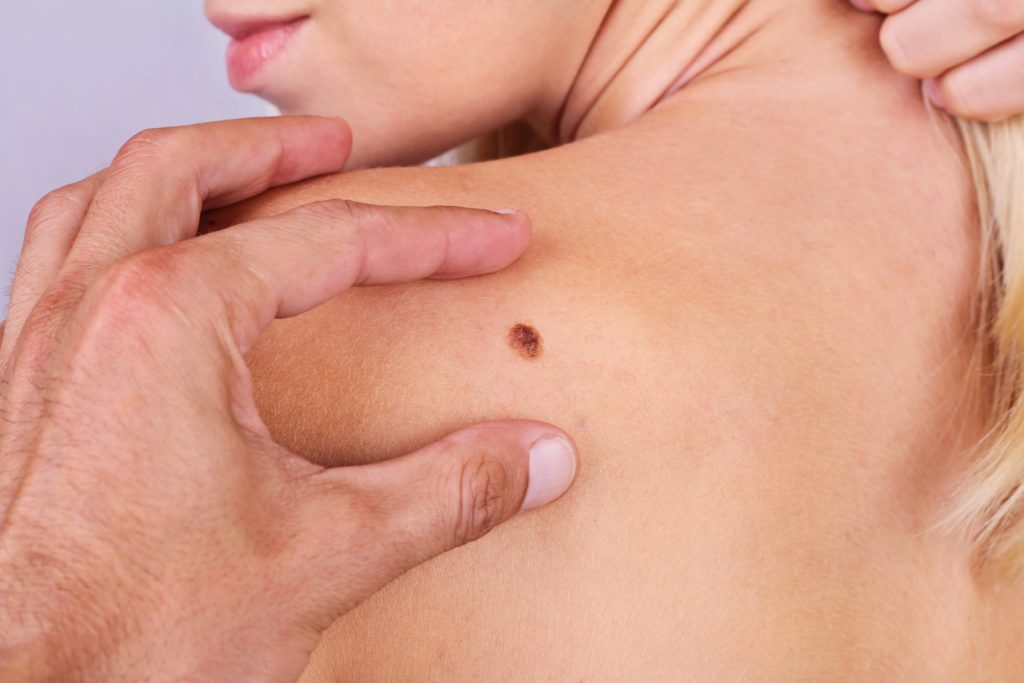 If you have a spot on your skin that could be cancerous, it’s easy to let your fears take over. With all the warnings about staying out of the sun, and wearing sunscreen every day, it can be hard to miss the fear surrounding skin cancer.
If you have a spot on your skin that could be cancerous, it’s easy to let your fears take over. With all the warnings about staying out of the sun, and wearing sunscreen every day, it can be hard to miss the fear surrounding skin cancer.
But, before you let your fears run rampant, it’s important to understand that there are different types of skin cancer, and that many of them can be safely removed. Keep reading to learn about the Mohs surgery procedure, and how it can be used to help remove cancerous spots from your skin.
Step 1
Did you know that the roots of skin cancer can extend beyond the visible portion of the tumor? It’s crucial that we collect all of the pertinent tissue in the removal procedure. This is due to the fact that if the roots aren’t fully removed, the cancer will return. The Mohs surgery starts with your provider examining the visible lesion or spot and then determining what tissue to remove. You will have local anesthesia provided to you before the surgery begins.
Step 2
We remove the visible portion of the tumor using surgical techniques.
Step 3
After this, we remove a slightly deeper layer of skin and divide it up into equal sections. These sections are color-coded with different dyes. We also make marks on the skin to show the source of each section. A diagram of the surgical site is then drawn up so we can track exactly where each piece of tissue came from.
Step 4
In a lab, we will use a microscope to examine the edges and each surface of every section of tissue, searching for any remaining signs of cancer.
Step 5
If we find additional cancer cells under the microscope, we mark their location on the diagram and return to the patient to remove another layer of skin.
Step 6
The removal process stops when there is no longer any evidence of cancer in the area. Because Mohs surgery removes only the tissue containing cancer, it makes the smallest scar and is able to leave the most healthy skin intact.
If you’re interested in learning more about how we can help with your skin cancer treatment, give us a call at (928) 537-4375 to schedule an appointment today.

